(ECNS) -- Laba Festival, which falls on the eighth day of the 12th month on the Chinese lunar calendar, has been celebrated for more than 1,000 years.
La means la yue, the 12th lunar month, while ba refers to the eighth day of the month. Laba Festival this year falls on Jan. 18.
The custom on this day is to savor Laba porridge, which is also known as "Seven Treasures Five Flavors Porridge" or "Buddha Porridge."
The tradition of eating Laba porridge during the festival could be traced back to the Song Dynasty (960-1279).
During the Ming and Qing dynasties, whether in the temple or ordinary households, people would eat Laba porridge on this day, believing that it could bring good luck.
The main ingredients of Laba porridge are rice, sticky rice, red dates, red beans, lotus seeds, peanuts, longans, raisins, and other materials to make the porridge special.
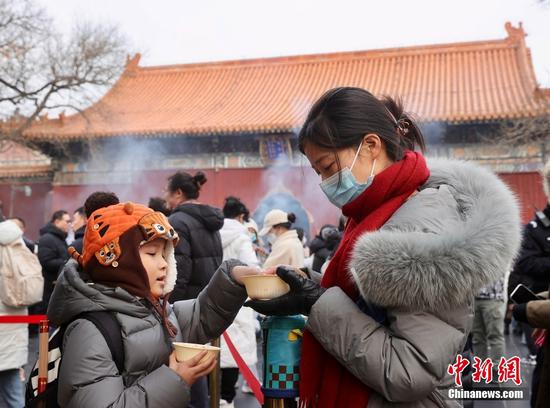
However, Laba Festival is not only about eating rice porridge. It is also related to Buddha's enlightenment.
It is said that Sakyamuni, or Siddhartha Gautama, the founder of Buddhism, in his quest for the meaning of life became emaciated after six years of strict discipline under the bodhi tree, often surviving on just a small amount of grains. A shepherdess passing by offered him some porridge. He regained his strength and sat under the tree for another seven days before attaining enlightenment.
Therefore, enlightenment and helping people in trouble has become synonymous with the festival.
Today, it's a custom at the Lama Temple in Beijing to share free Laba porridge with visitors on this day.
Besides Laba porridge, Laba garlic is another festival essence.
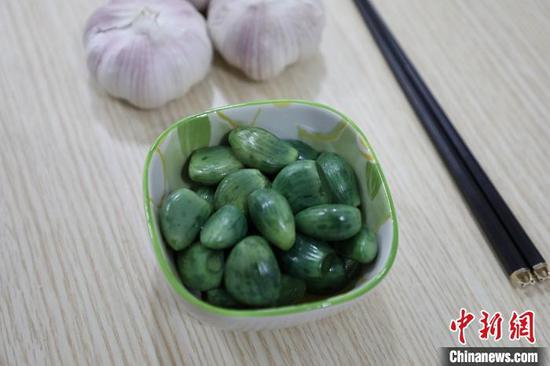
Laba garlic is a vinegar-preserved, pickled snack popular in northern China.
It is called Laba garlic because it is usually made on the eighth day of the 12th lunar month.
The appetizer often appears jade green in color while the garlic tastes sour and slightly spicy.
During Spring Festival, when families unite for a big meal, the pickled snack becomes a necessity as it helps cut the greasy taste of the feast.
In some places, like east China's Anhui Province, Laba tofu and Laba noodles are also popular.
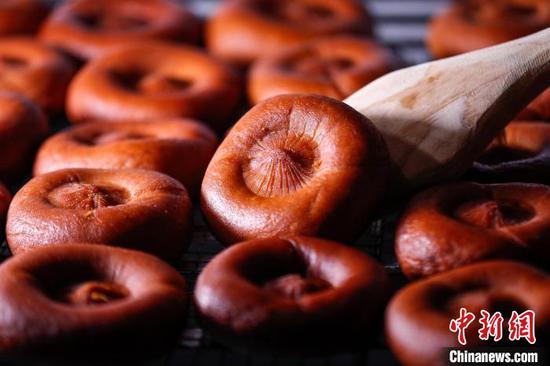
In the northern part of China, there is a folk song that says, "Hi, my child. Is the food making your mouth water? Right after the Laba Festival comes the Chinese New Year."
So, the Laba Festival is a prelude to the Chinese Spring Festival.









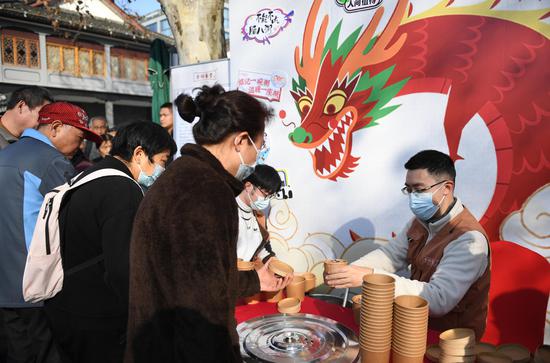


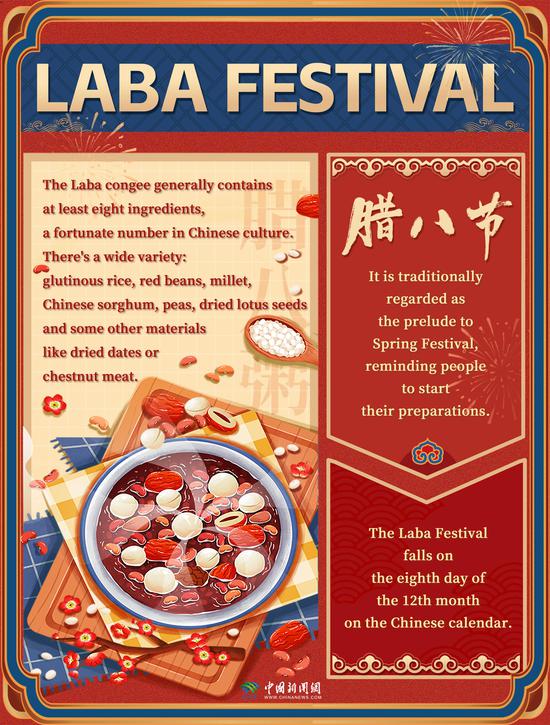



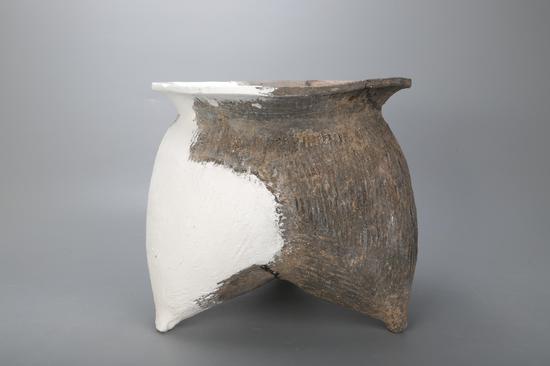


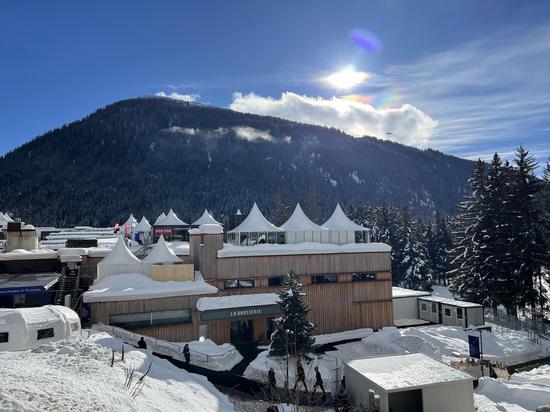




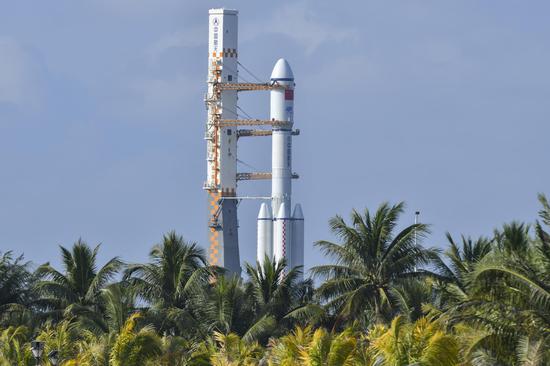


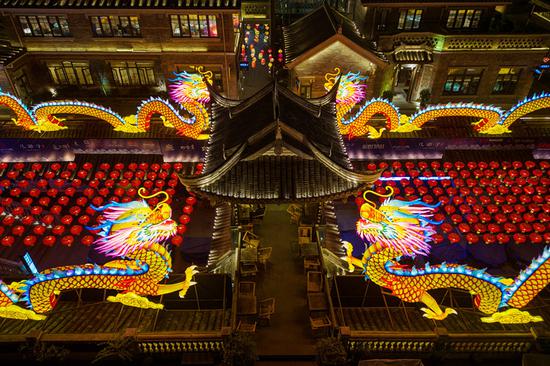




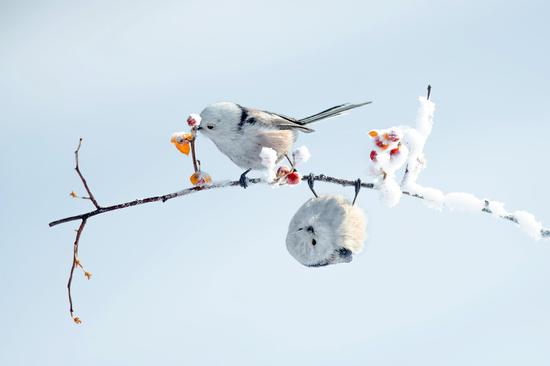



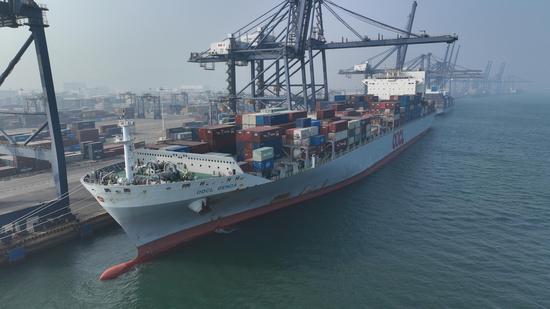
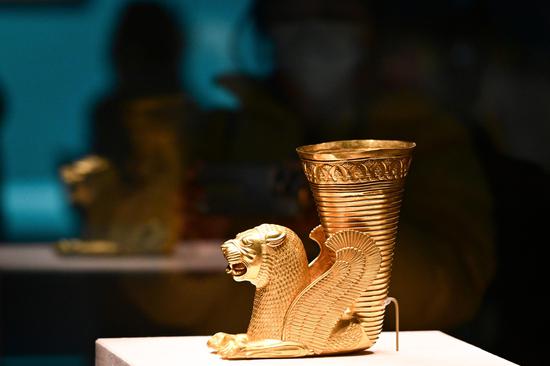
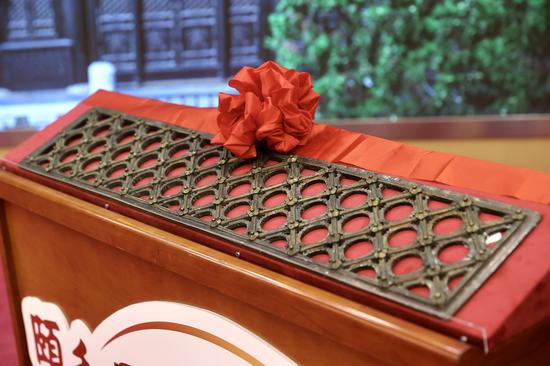





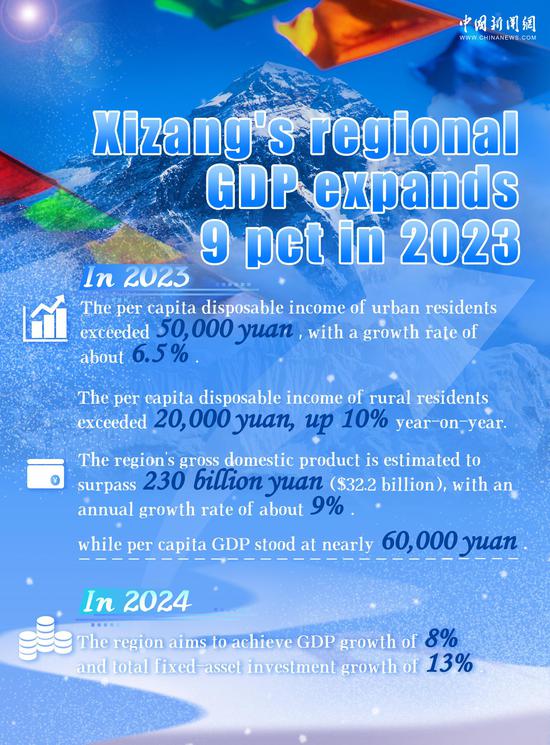





 京公網(wǎng)安備 11010202009201號(hào)
京公網(wǎng)安備 11010202009201號(hào)